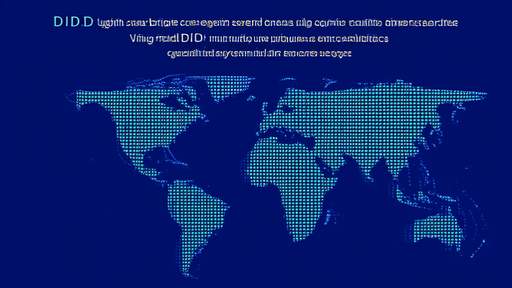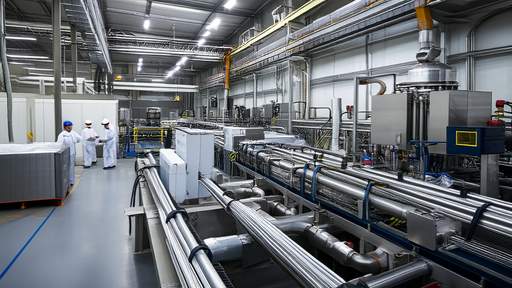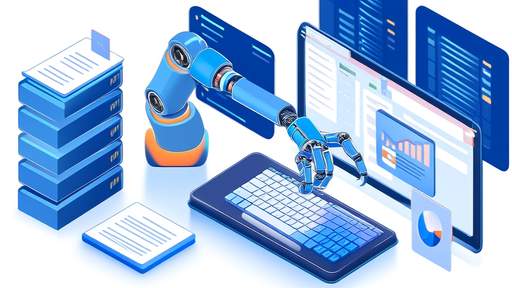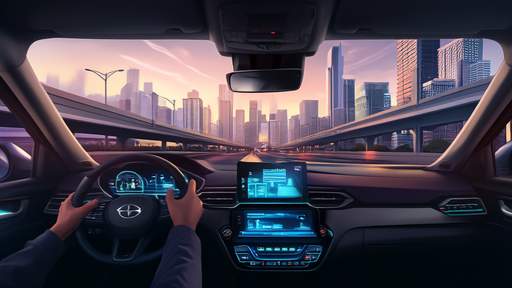The ethical algorithms governing autonomous vehicles represent one of the most contentious frontiers in modern technology. As self-driving cars inch closer to widespread adoption, the question of how these machines should make life-or-death decisions—and who bears responsibility when things go wrong—has sparked intense debate among engineers, ethicists, and policymakers alike. The stakes couldn't be higher; we're not just programming vehicles, we're encoding moral frameworks that will operate at highway speeds.
The heart of the matter lies in what experts call the "trolley problem" for algorithms. Traditional ethical dilemmas become terrifyingly concrete when translated into lines of code that must choose between bad outcomes. Should a swerving autonomous vehicle prioritize its passenger's life over pedestrians? How does it weigh the age, number, or potential future contributions of those involved? These aren't hypothetical musings—they're programming requirements that engineers must address with mathematical precision.
Recent high-profile accidents involving semi-autonomous systems have poured gasoline on these smoldering debates. When a Tesla on Autopilot fails to recognize a stopped firetruck, or an Uber test vehicle strikes a pedestrian, the aftermath reveals gaping holes in our legal and ethical frameworks. The companies point to human operators who failed to intervene. The operators blame imperfect technology. Meanwhile, victims' families are left navigating a labyrinth of liability with no clear exits.
Manufacturers currently enjoy significant legal protection through carefully worded disclaimers. Most explicitly state that drivers must remain alert and ready to take control—effectively making humans the fallback decision-makers. But this arrangement grows increasingly untenable as vehicles become capable of full autonomy. When there's no steering wheel or pedals, as in some next-generation designs, the "human oversight" argument collapses entirely.
The insurance industry watches these developments with particular anxiety. Traditional auto insurance models rely on clearly defined driver responsibility. Autonomous systems turn this paradigm upside down. Some carriers have begun experimenting with policies that shift coverage toward manufacturers and software developers, but regulatory uncertainty makes comprehensive solutions impossible for now. This limbo leaves all parties exposed to potentially catastrophic liabilities.
European regulators have taken the most aggressive stance thus far. The EU's proposed Artificial Intelligence Act would classify certain autonomous vehicle systems as "high-risk," subjecting them to rigorous certification requirements and ongoing monitoring. Crucially, the framework establishes clear chains of accountability—when an AI system causes harm, someone must answer for it. This contrasts sharply with the more fragmented approach emerging in the United States, where a patchwork of state regulations creates confusion about which entities bear ultimate responsibility.
Technical solutions may eventually outpace these ethical quandaries. Some engineers argue that superior sensor arrays and faster processing will make tragic choices vanishingly rare. If a vehicle can reliably detect and avoid all potential collisions, the thinking goes, we won't need to program it with ethical decision trees. But this optimistic view ignores the messy reality of roads shared with human drivers, unpredictable weather, and the infinite variables of real-world environments.
The courtroom battles looming on the horizon may force resolution where philosophical debates have not. As wrongful death suits against automakers accumulate, precedent will begin shaping the boundaries of algorithmic liability. Some legal scholars predict the emergence of a new "duty of care" specific to AI systems—a requirement that their decision-making processes meet certain ethical standards, not just technical ones. Such standards could fundamentally alter how these systems get designed and deployed.
Consumer attitudes add another layer of complexity. Surveys consistently show that people want autonomous vehicles to prioritize the greater good—until asked if they'd buy a car that might sacrifice them for others. This cognitive dissonance puts manufacturers in an impossible position. Building truly altruistic algorithms might satisfy ethicists but could doom commercial prospects. The path forward likely involves painful trade-offs between moral ideals and market realities.
Perhaps the most unsettling revelation is how these debates expose flaws in human decision-making. Studies of accident data reveal that drivers often make selfish choices in crashes—protecting themselves at others' expense. In seeking to create ethical machines, we're forced to confront how frequently humans behave unethically behind the wheel. The algorithms holding our lives in their coded hands may ultimately reflect not just our aspirations, but our limitations.
The coming decade will determine whether autonomous vehicles become a case study in responsible innovation or a cautionary tale about outsourcing morality to machines. As the technology races ahead, our ethical and legal frameworks must accelerate to match. The alternative—a future where accountability gets lost in the algorithmic shuffle—should terrify us far more than any driverless car.

By /Jun 3, 2025

By /Jun 3, 2025

By /Jun 3, 2025

By /Jun 3, 2025

By /Jun 3, 2025

By /Jun 3, 2025

By /Jun 3, 2025

By /Jun 3, 2025

By /Jun 3, 2025

By /Jun 3, 2025

By /Jun 3, 2025

By /Jun 3, 2025

By /Jun 3, 2025

By /Jun 3, 2025

By /Jun 3, 2025

By /Jun 3, 2025

By /Jun 3, 2025

By /Jun 3, 2025

By /Jun 3, 2025

By /Jun 3, 2025